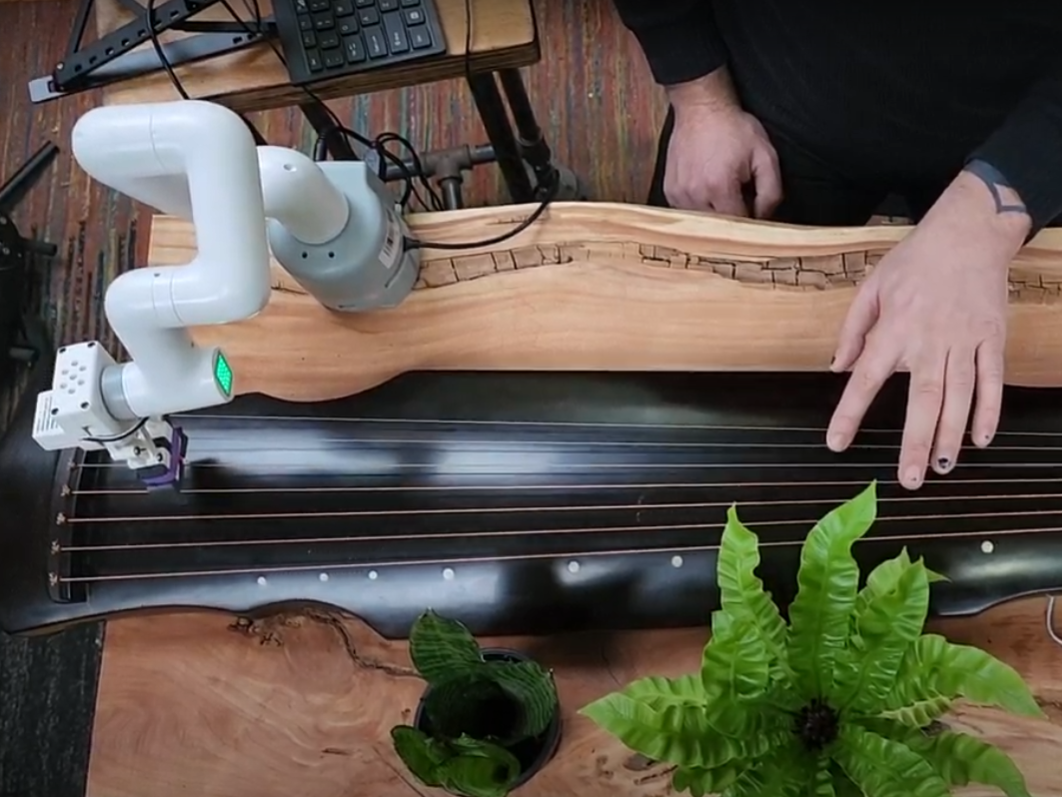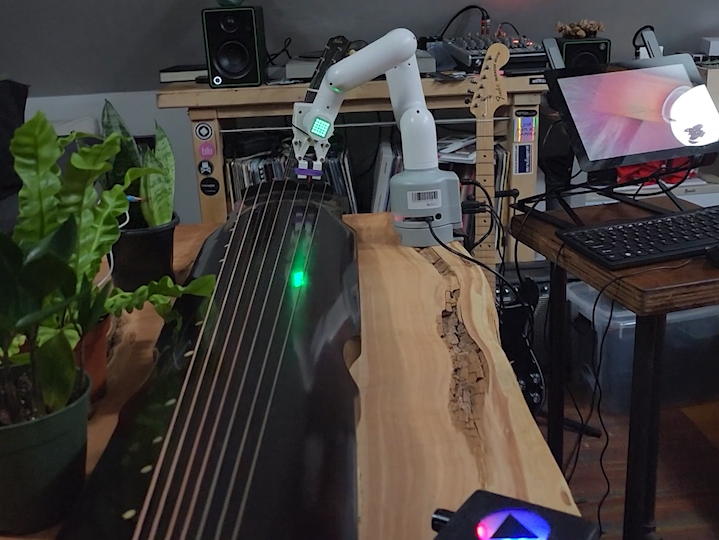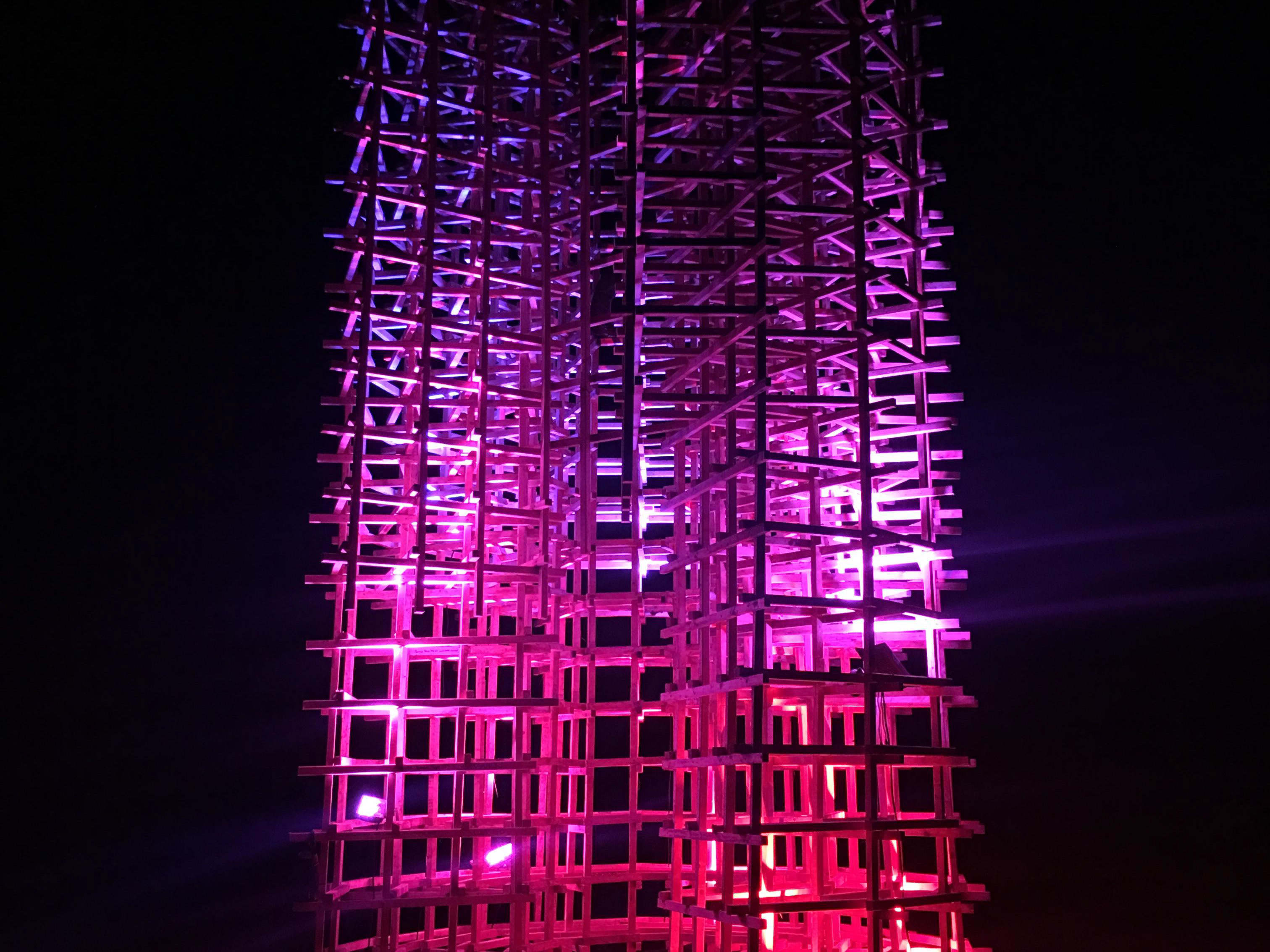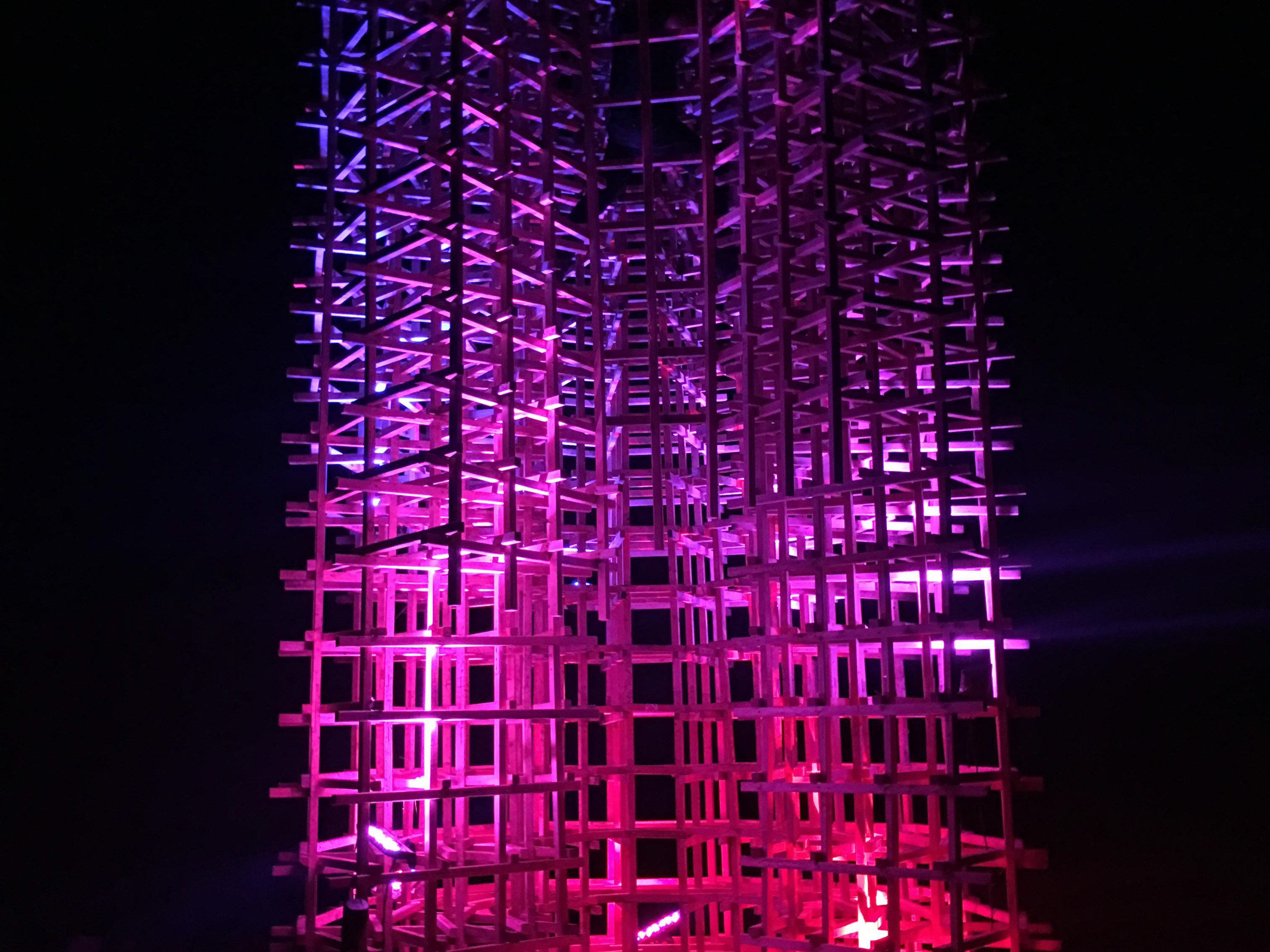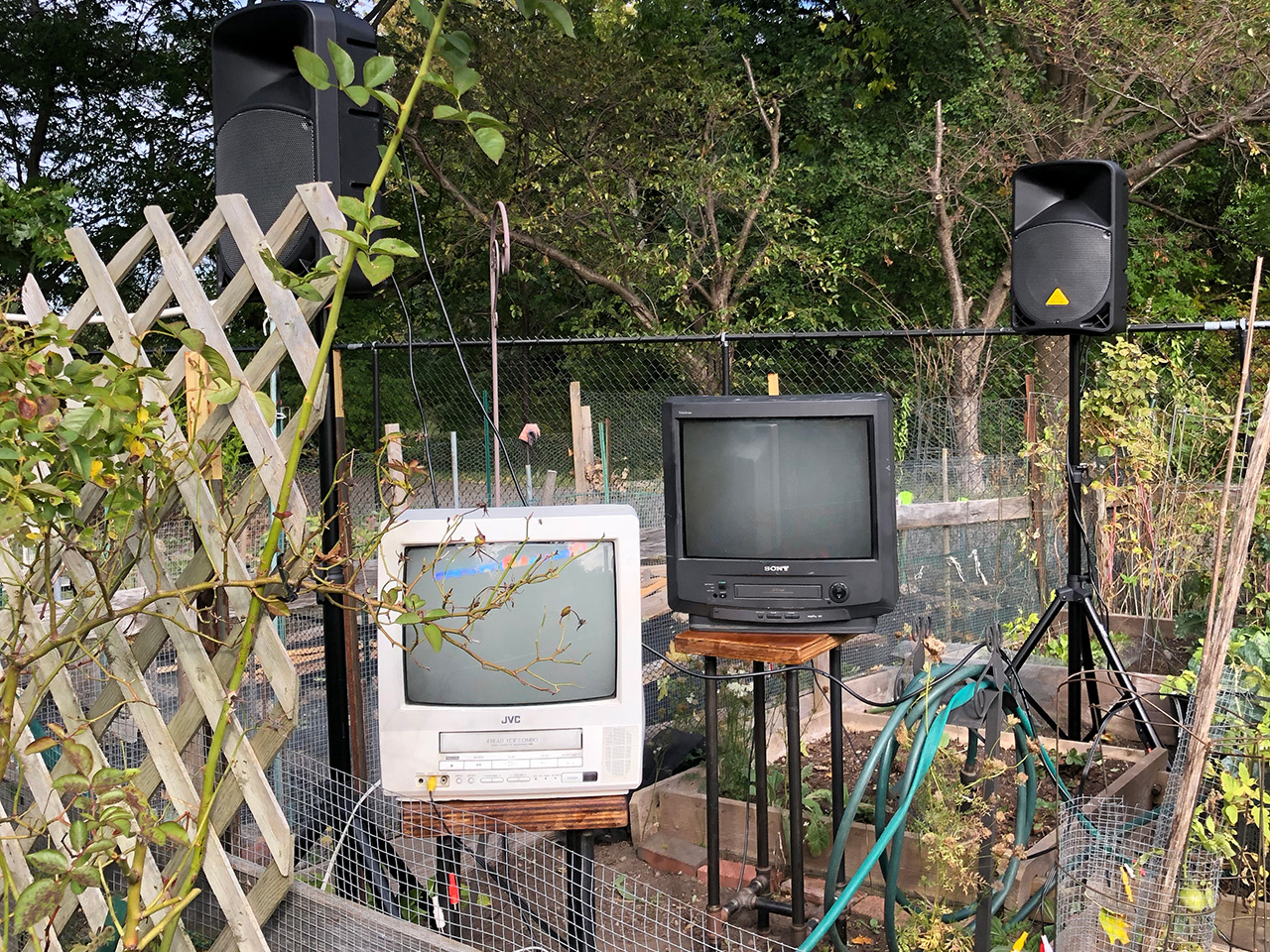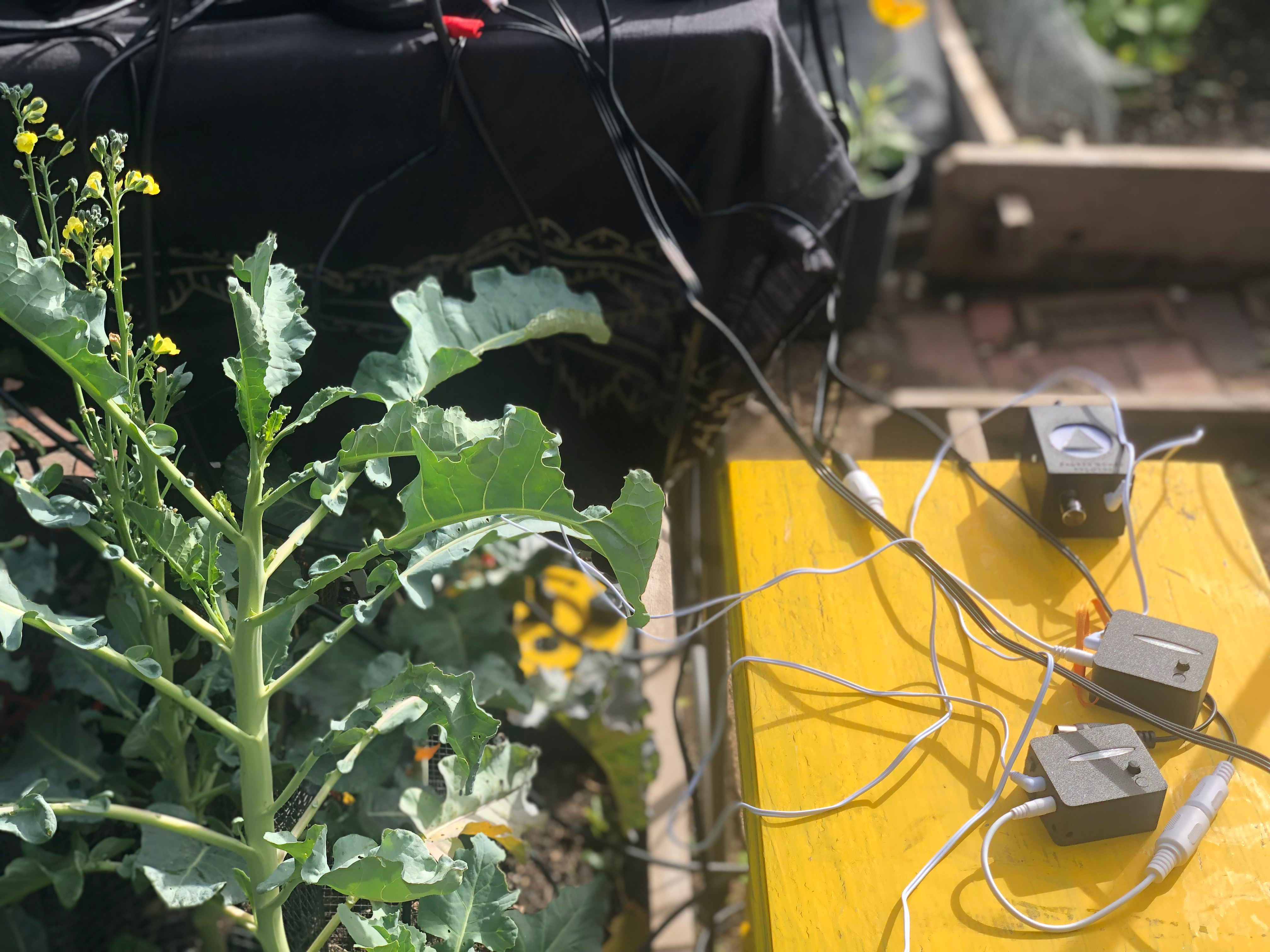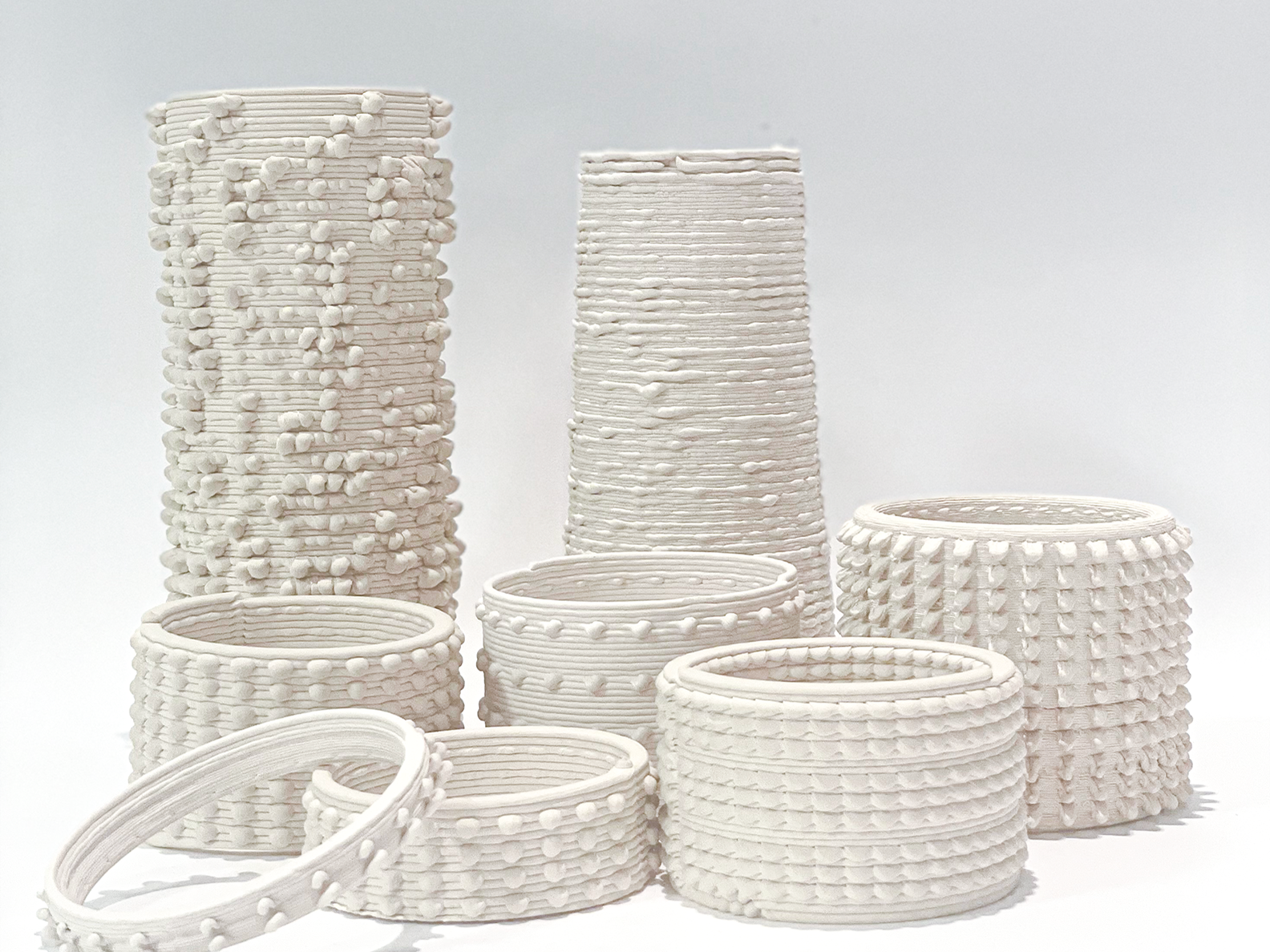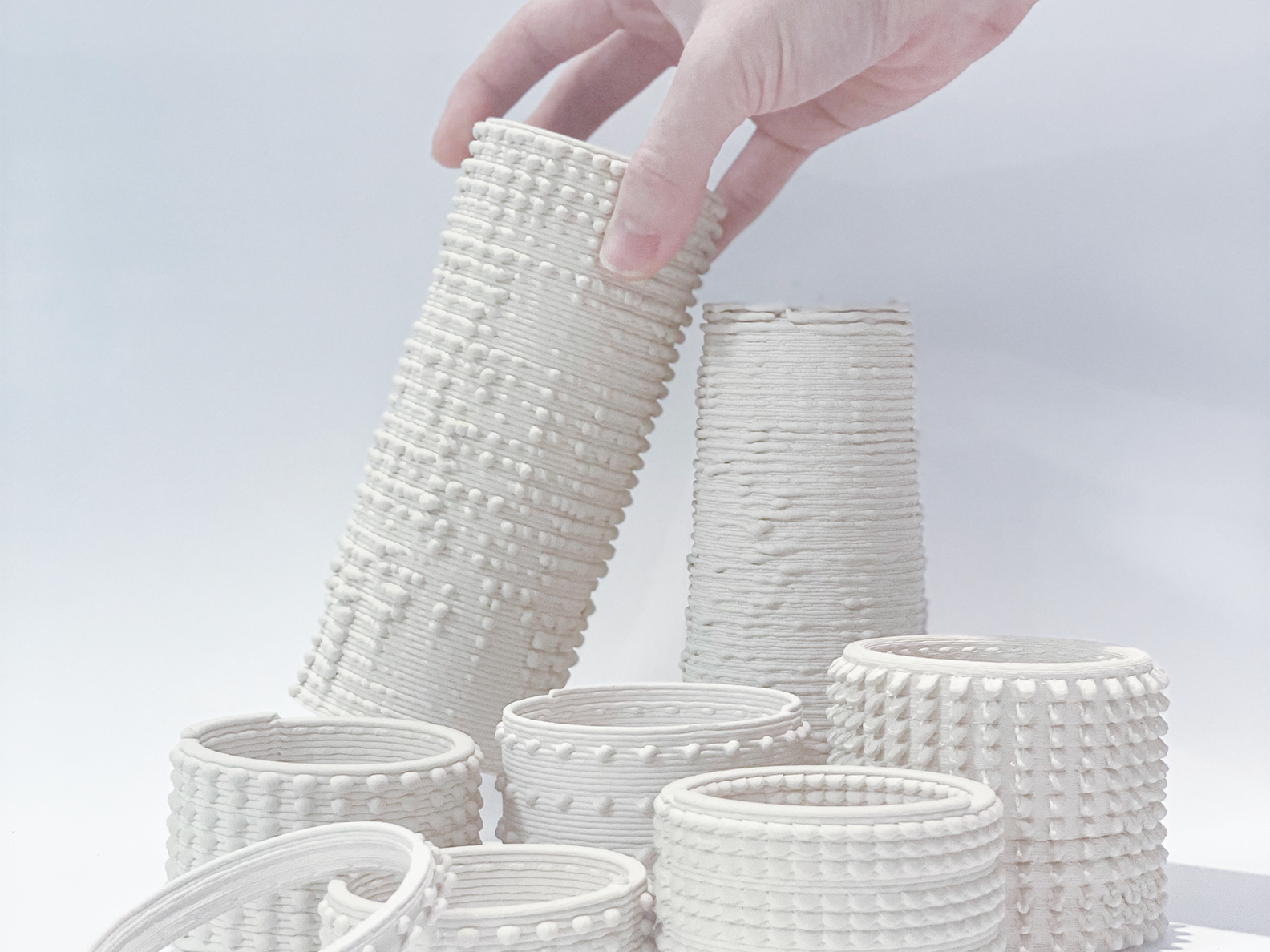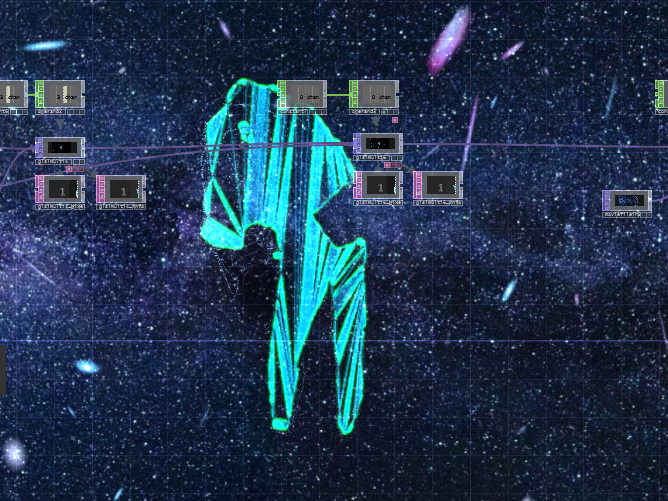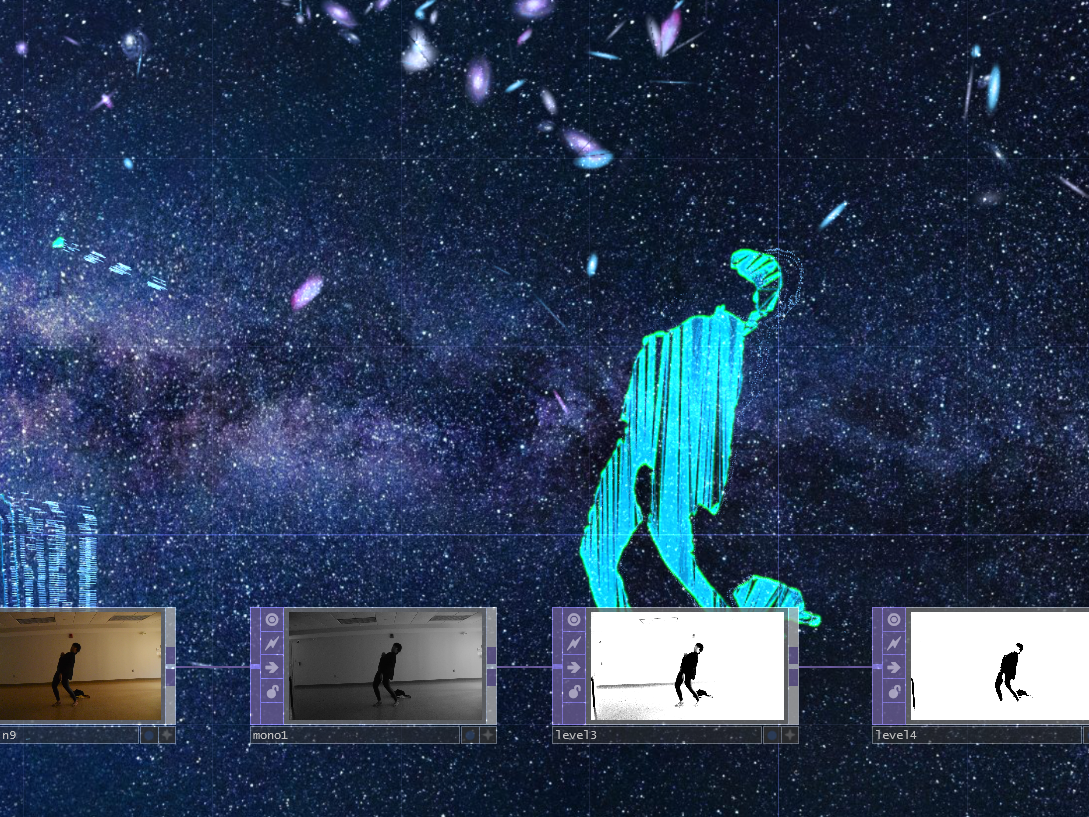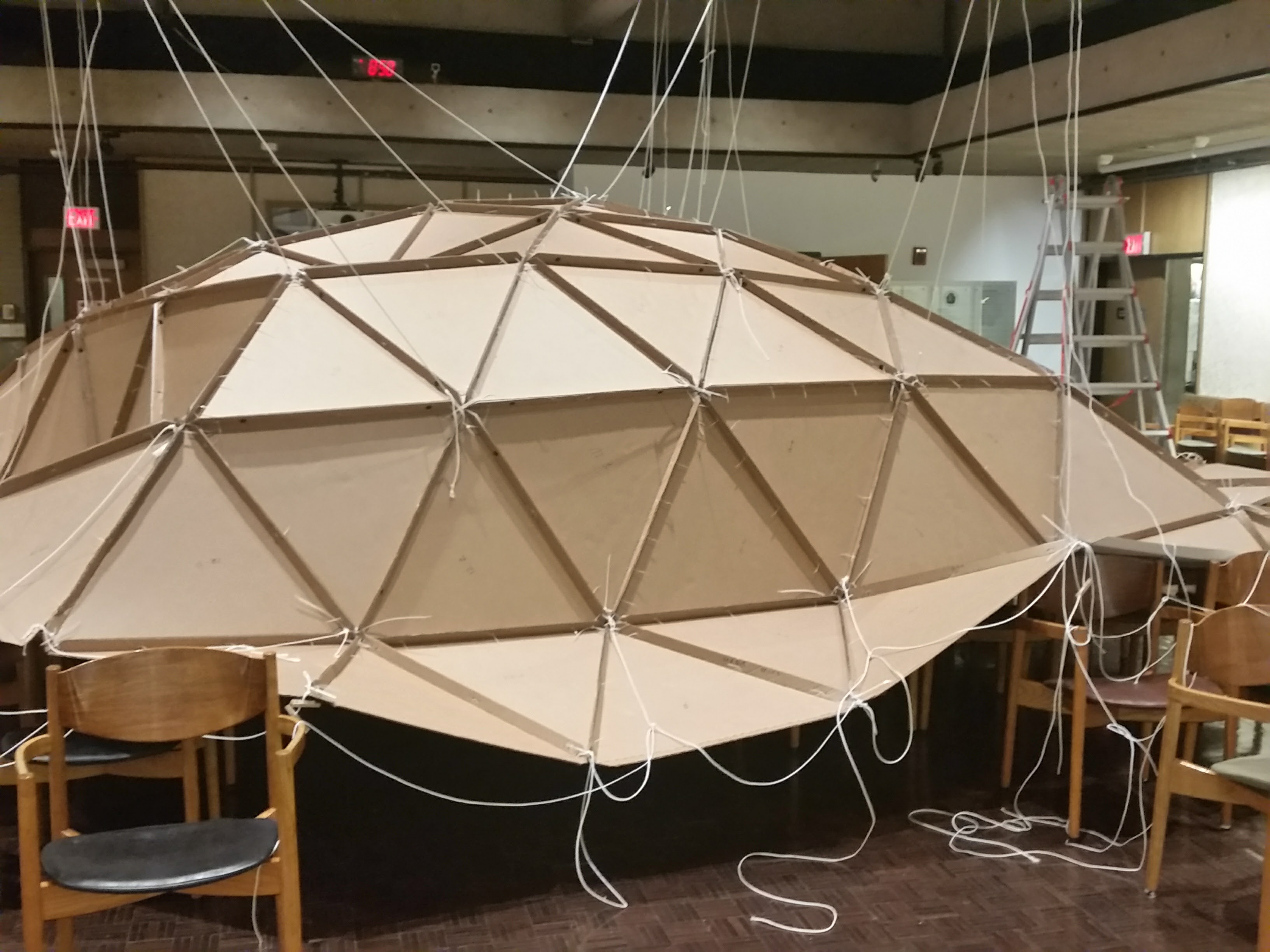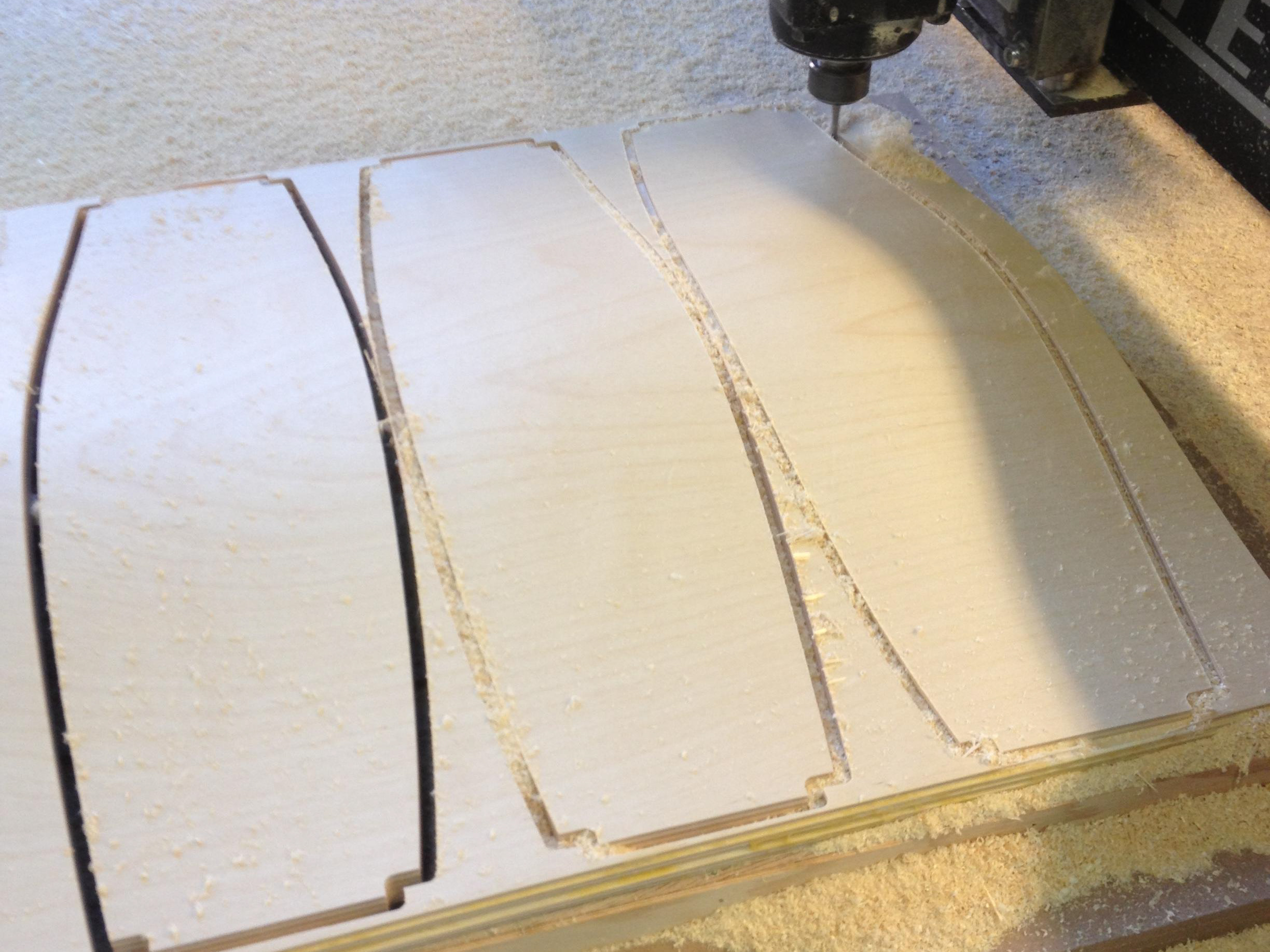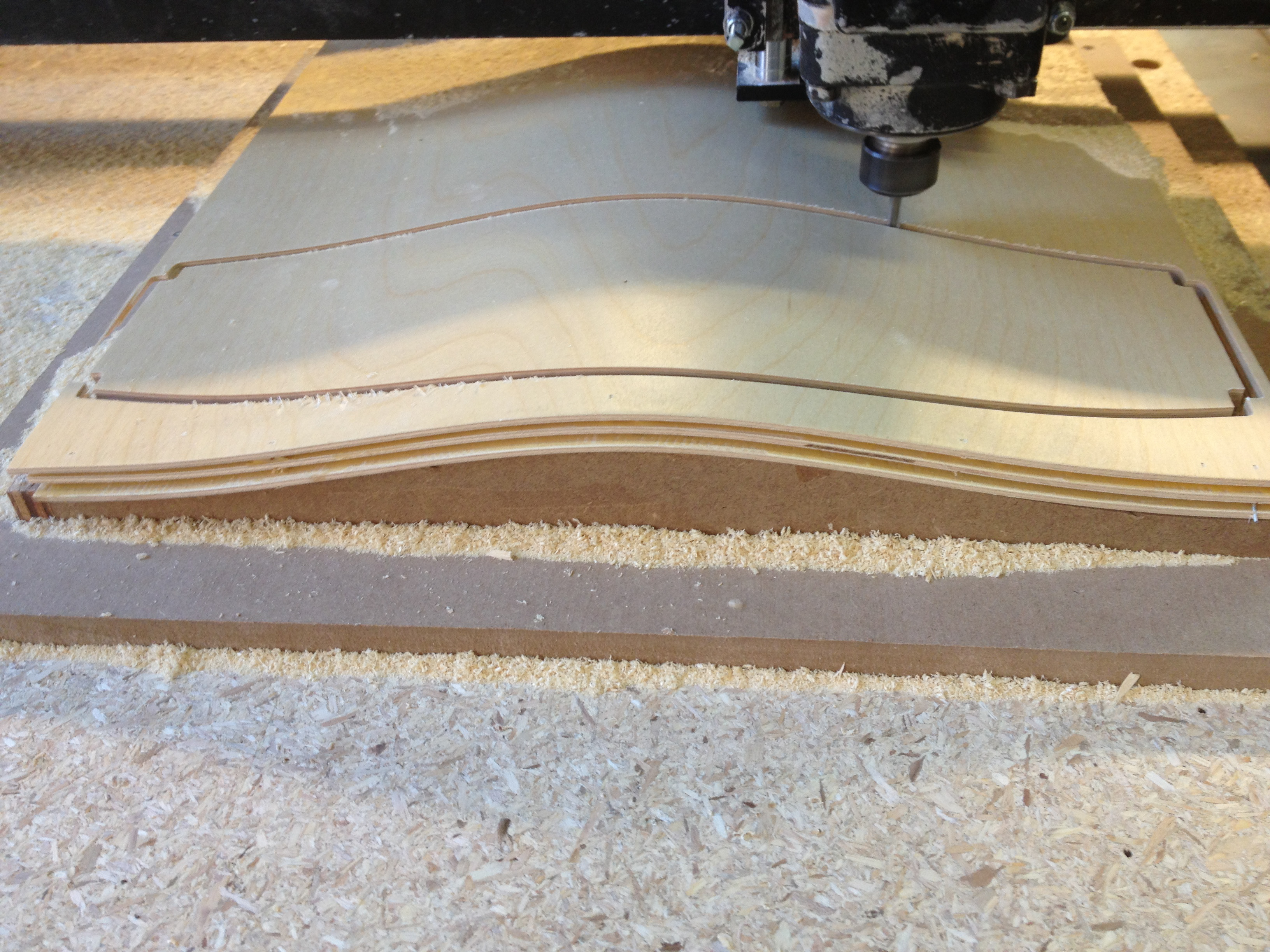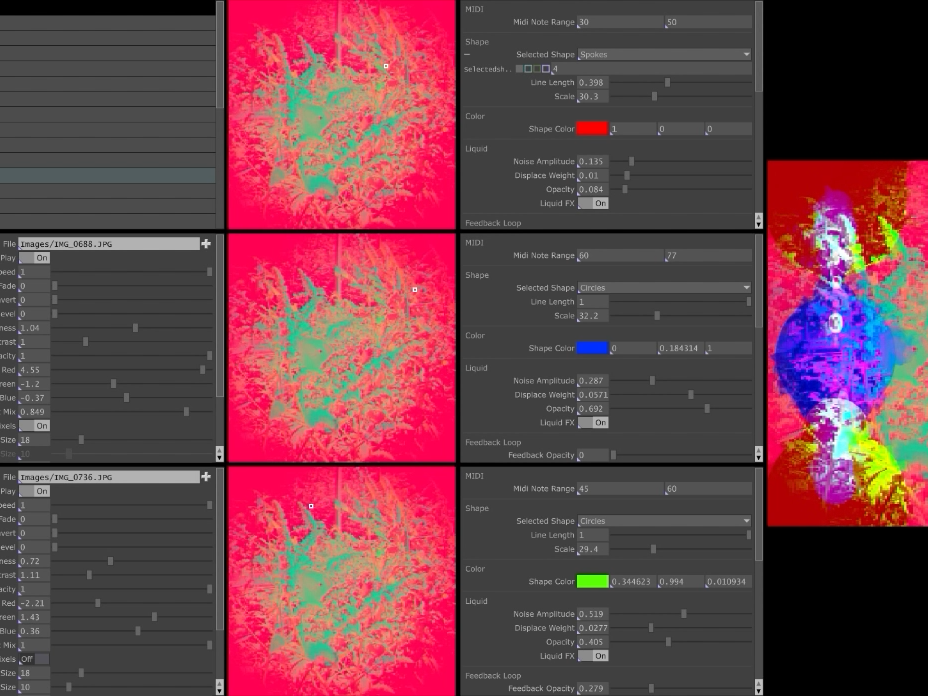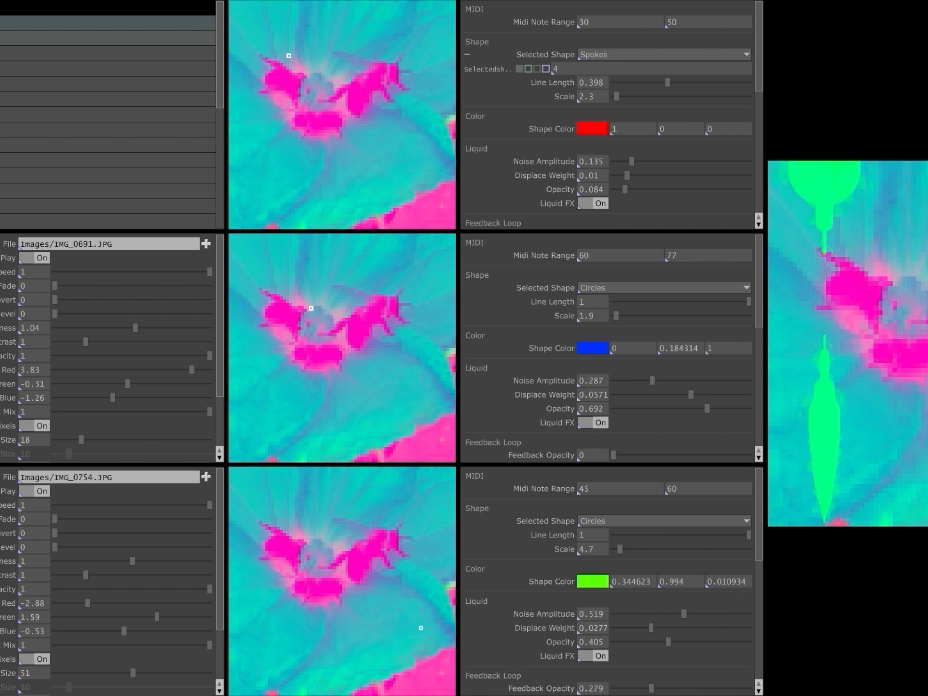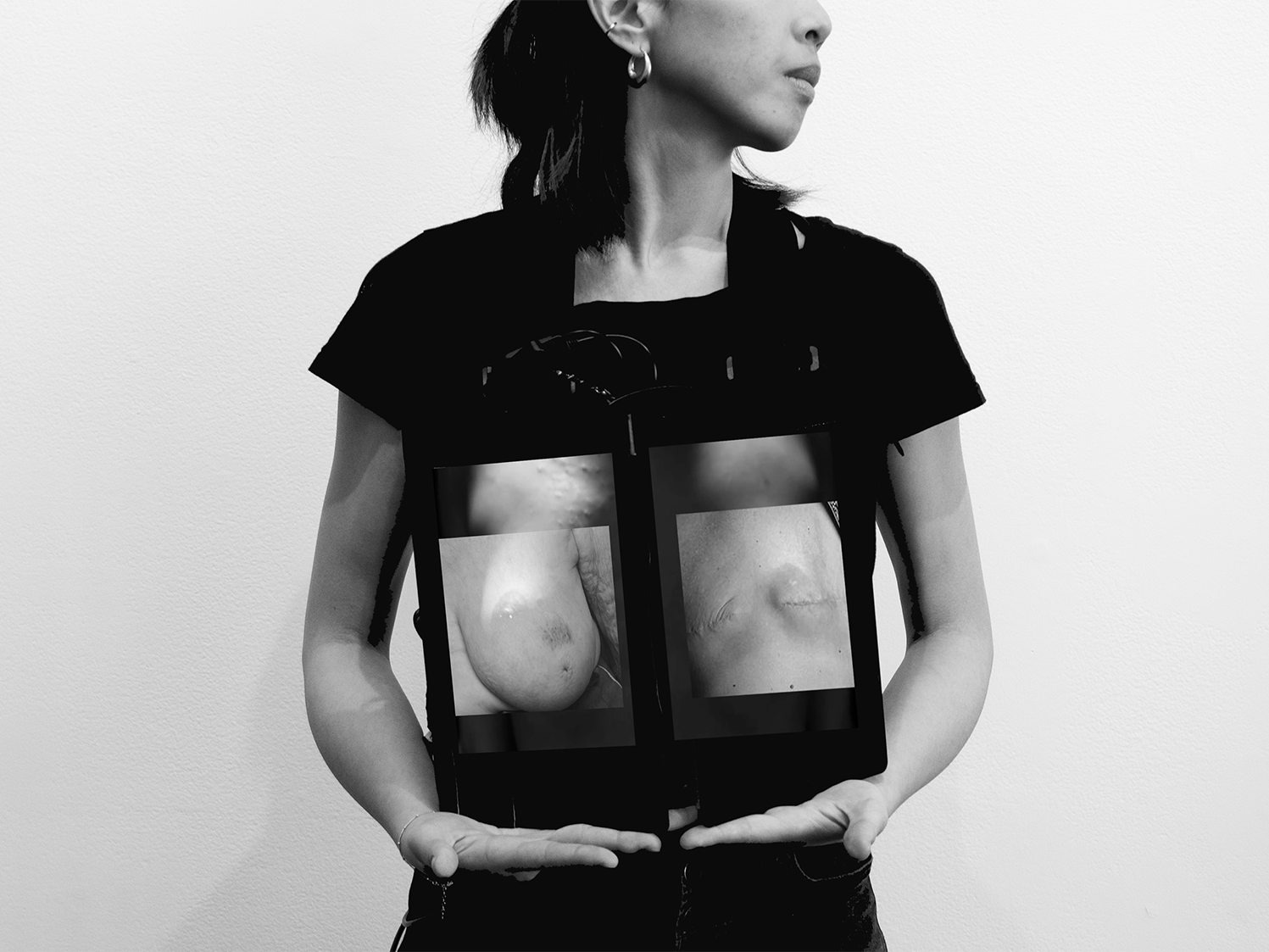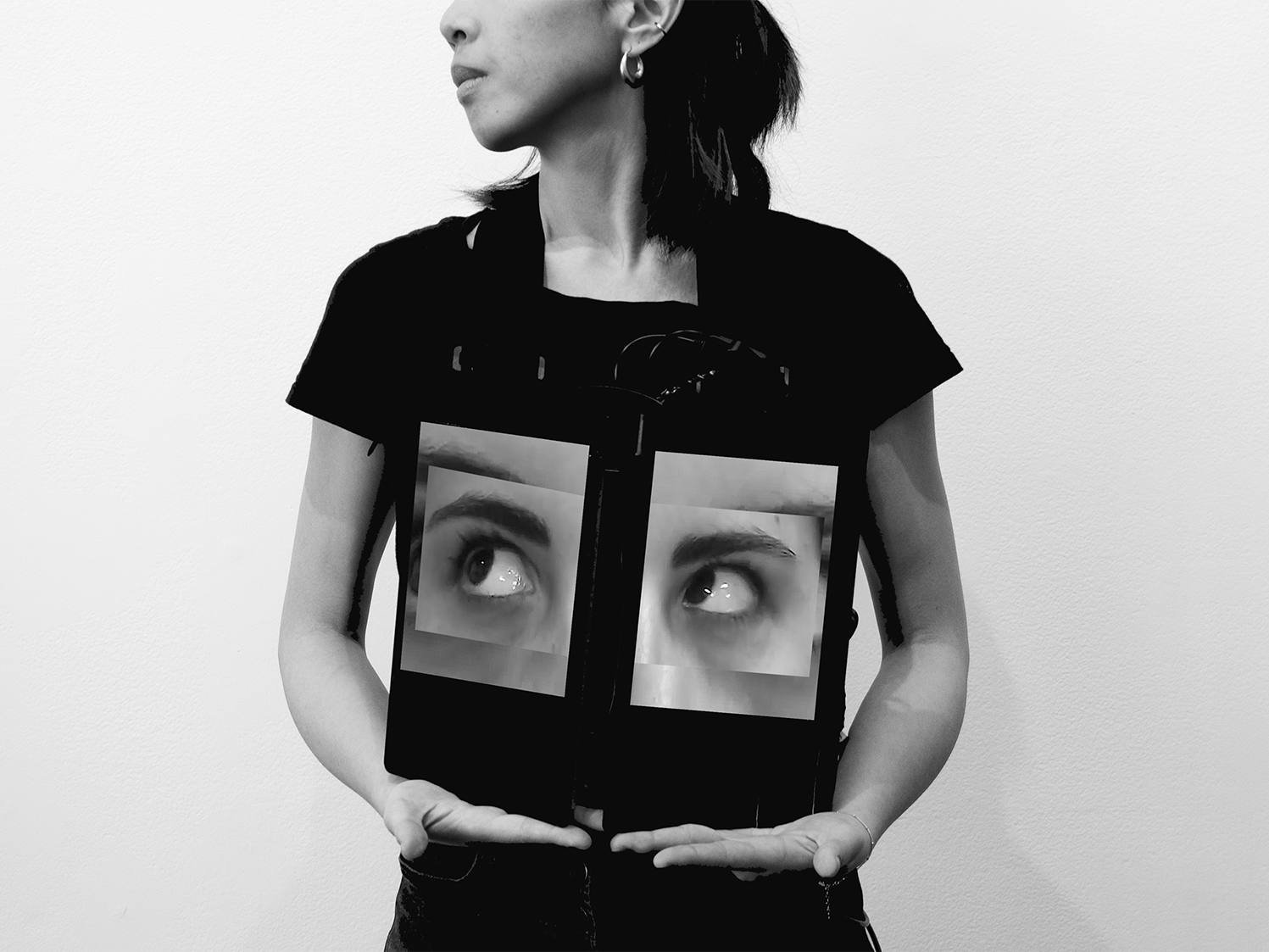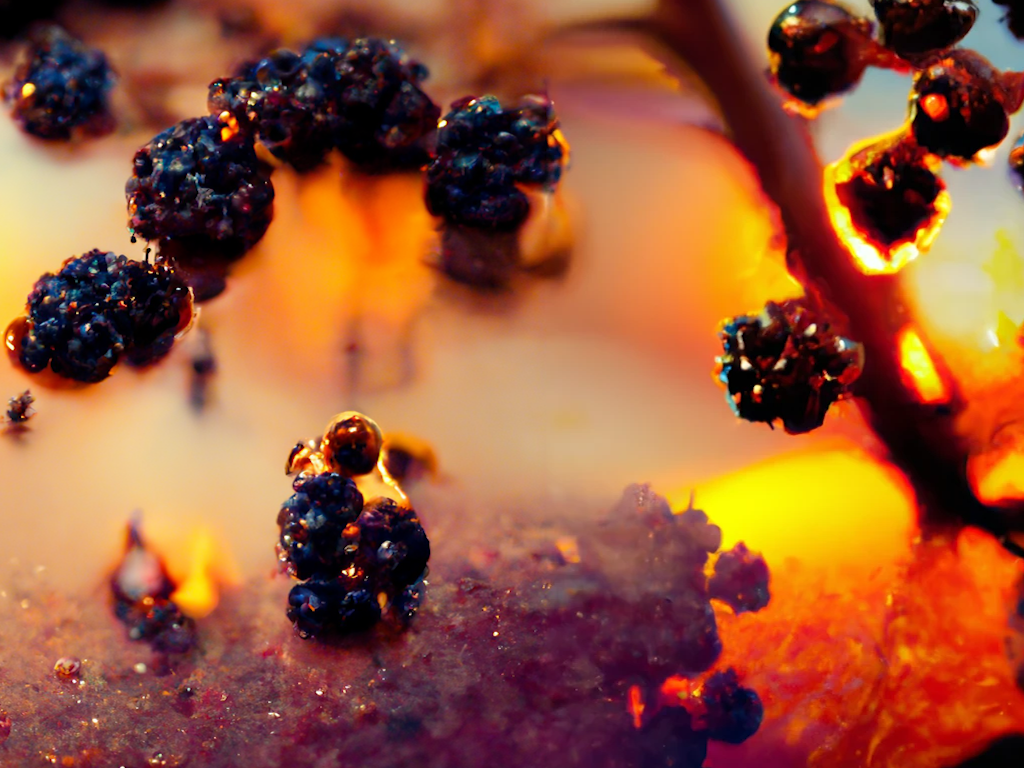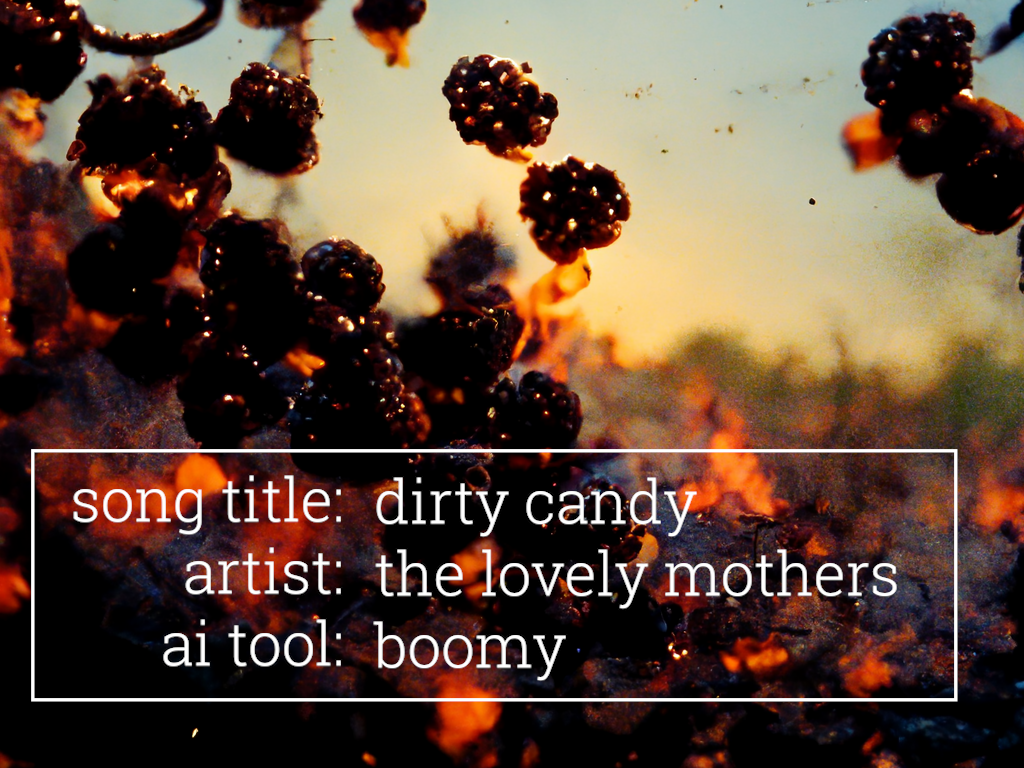Although “phototropism” can cause plants to curve towards the sun,* those plants must simply accept the direct
and indirect light that the sun brings. We wanted to explore the question of how a plant might respond if given
the ability to control an electric light source that illuminates it, just as humans do with electric lights in the
evening, for instance. We wondered what sort of colors the plant might direct the lamp to illuminate it with and
how the plant might respond to the colors provided by the lamp.
and indirect light that the sun brings. We wanted to explore the question of how a plant might respond if given
the ability to control an electric light source that illuminates it, just as humans do with electric lights in the
evening, for instance. We wondered what sort of colors the plant might direct the lamp to illuminate it with and
how the plant might respond to the colors provided by the lamp.
Although we largely curated the parameters of this demonstration, it is interesting to imagine that over millions
of years plants might indeed adapt to a situation like this by evolving to request artificial light illumination that
suits them best.
The speculation points towards notions of sympoiesis. At a moment when much attention and mediation are
being given to the human-AI collaboration, entanglements of “making with” and “thinking with” became
frameworks to further the inquiry.
The Bo-bot inquiry then begins to point toward ways in which bio-agents require our consideration in co-creative
processes within a nonhuman-human-nonhuman in-betweenness. Any agent may choose to insert or extract themselves from the loop in the reformation of nature-human-technology. Combinations
of nonhuman and human agents in the network begin to transmute interpretations of signaling and refigure the
nature-human-technology diagram.
being given to the human-AI collaboration, entanglements of “making with” and “thinking with” became
frameworks to further the inquiry.
The Bo-bot inquiry then begins to point toward ways in which bio-agents require our consideration in co-creative
processes within a nonhuman-human-nonhuman in-betweenness. Any agent may choose to insert or extract themselves from the loop in the reformation of nature-human-technology. Combinations
of nonhuman and human agents in the network begin to transmute interpretations of signaling and refigure the
nature-human-technology diagram.
A single Bo-bot controls the color of the light projected on itself. When two bo-bots are networked together, they
signal each other by controlling the projected light on the other. What meaning is extrapolated from
this signaling when the human enters the "conversation" loop?
OSC [in] - phue python library - Wi-Fi - Philips Hue Bridge - Hue Color LED Bulbs
Signal Processing Using TouchDesigner + Hue Control Custom Module
Biosignals - TouchDesigner - OSC [over local network] / Arduino Serial and MIDI Bio-Sonification Devices Signal Inputs into TouchDesigner
TouchDesigner | Hue Control // Mathew Ragan and Zoe Sandoval
https://matthewragan.com/2018/11/28/touchdesigner-hue-control/
